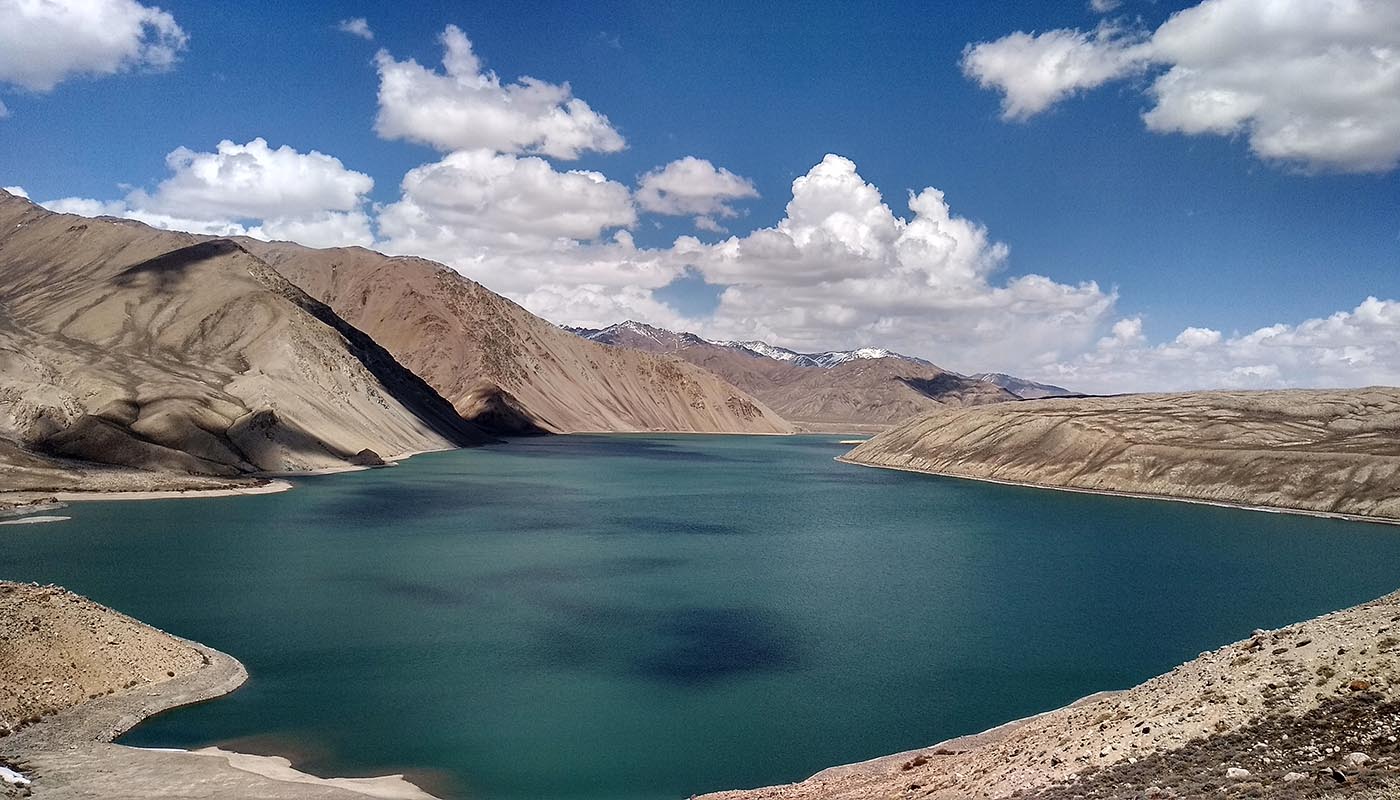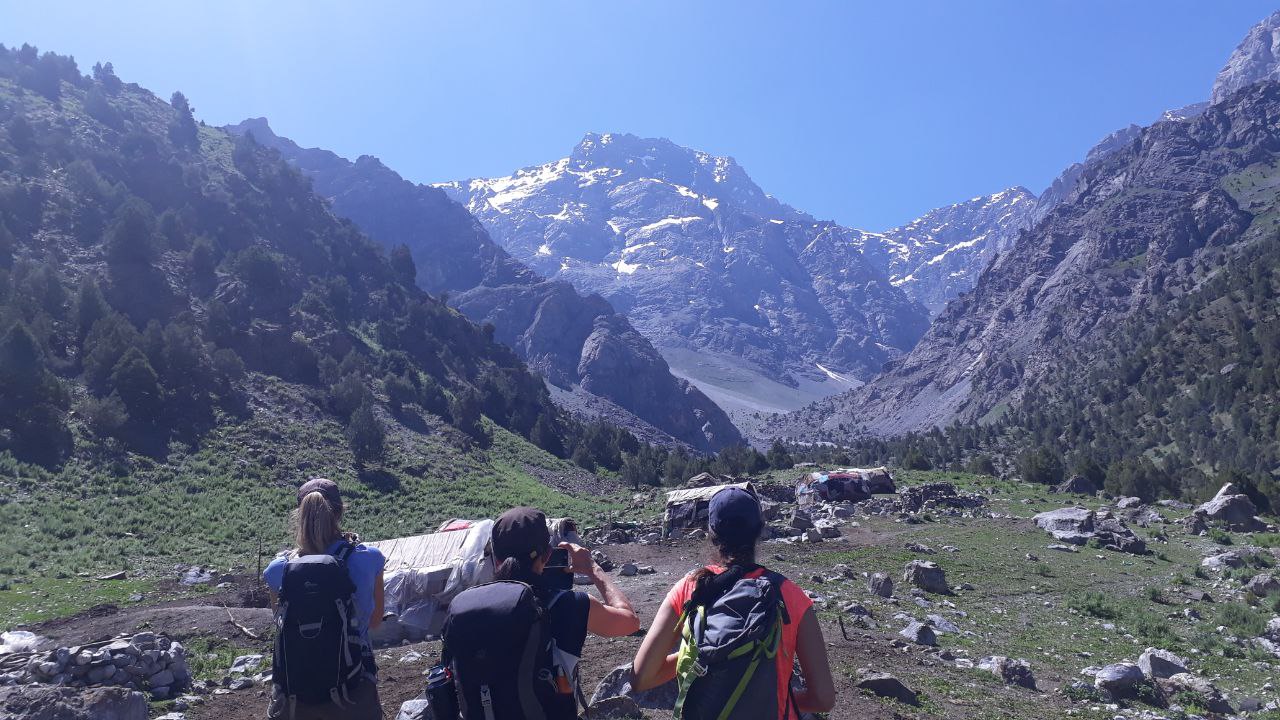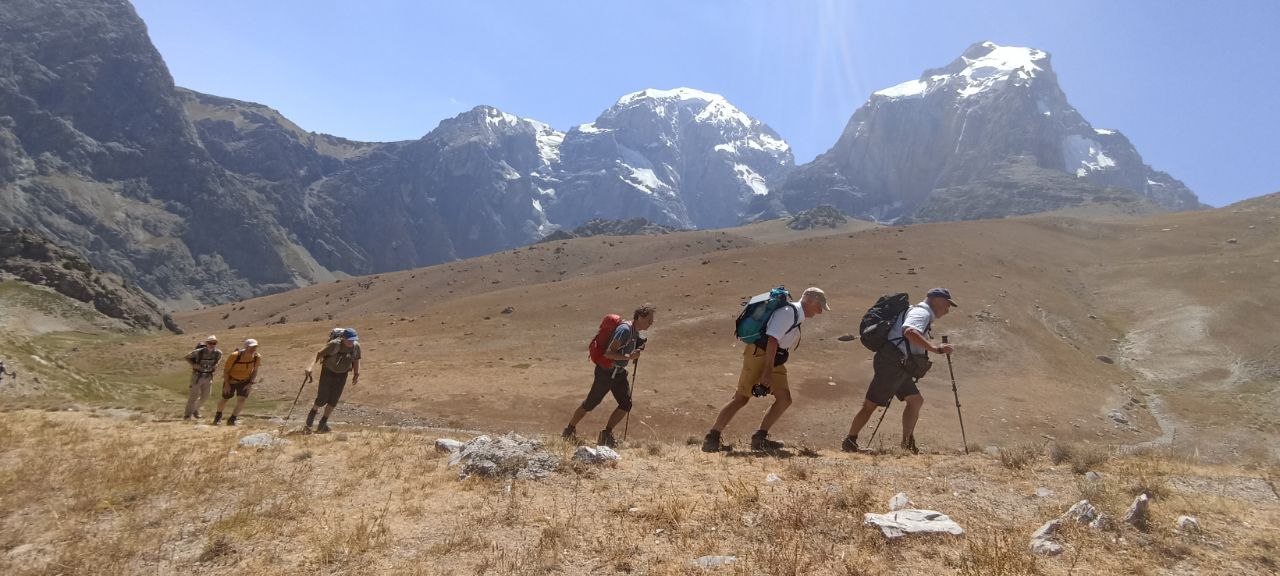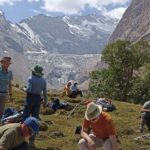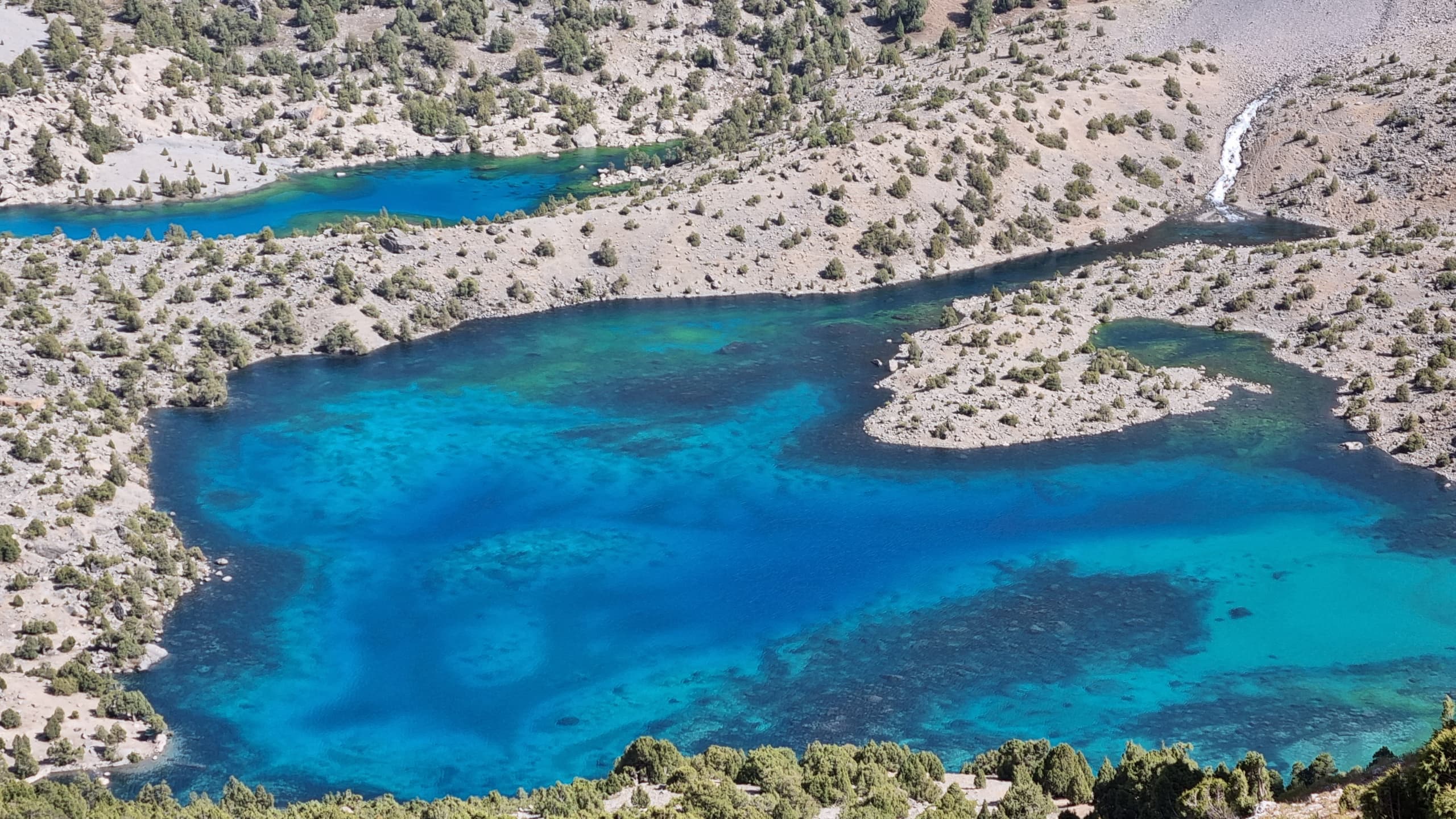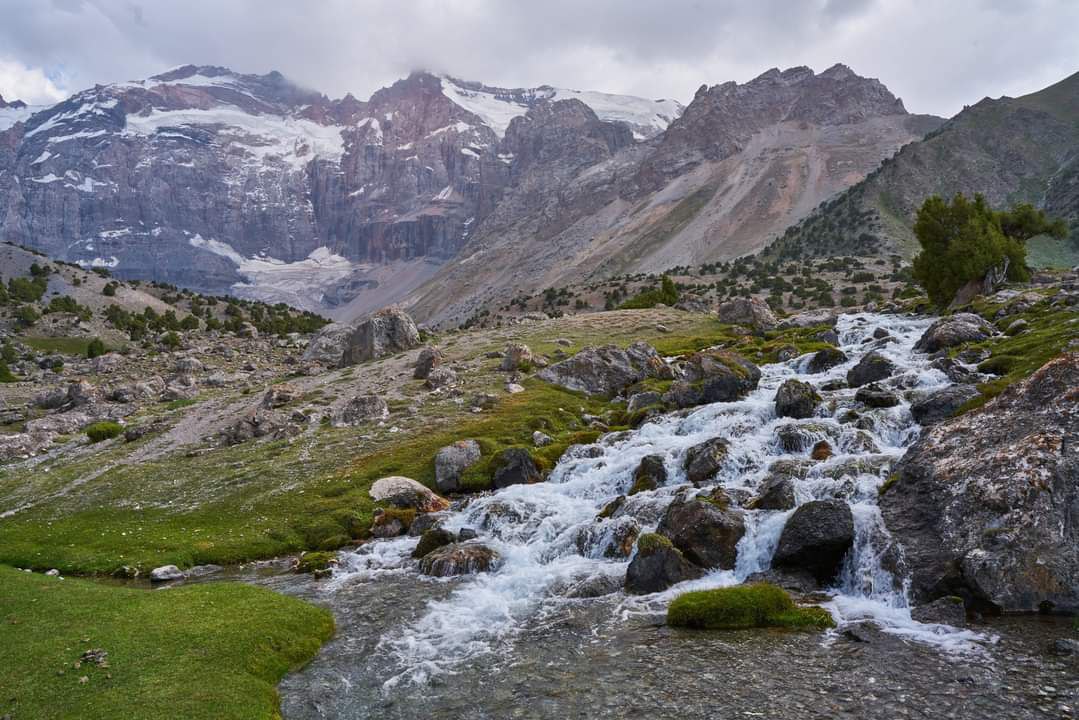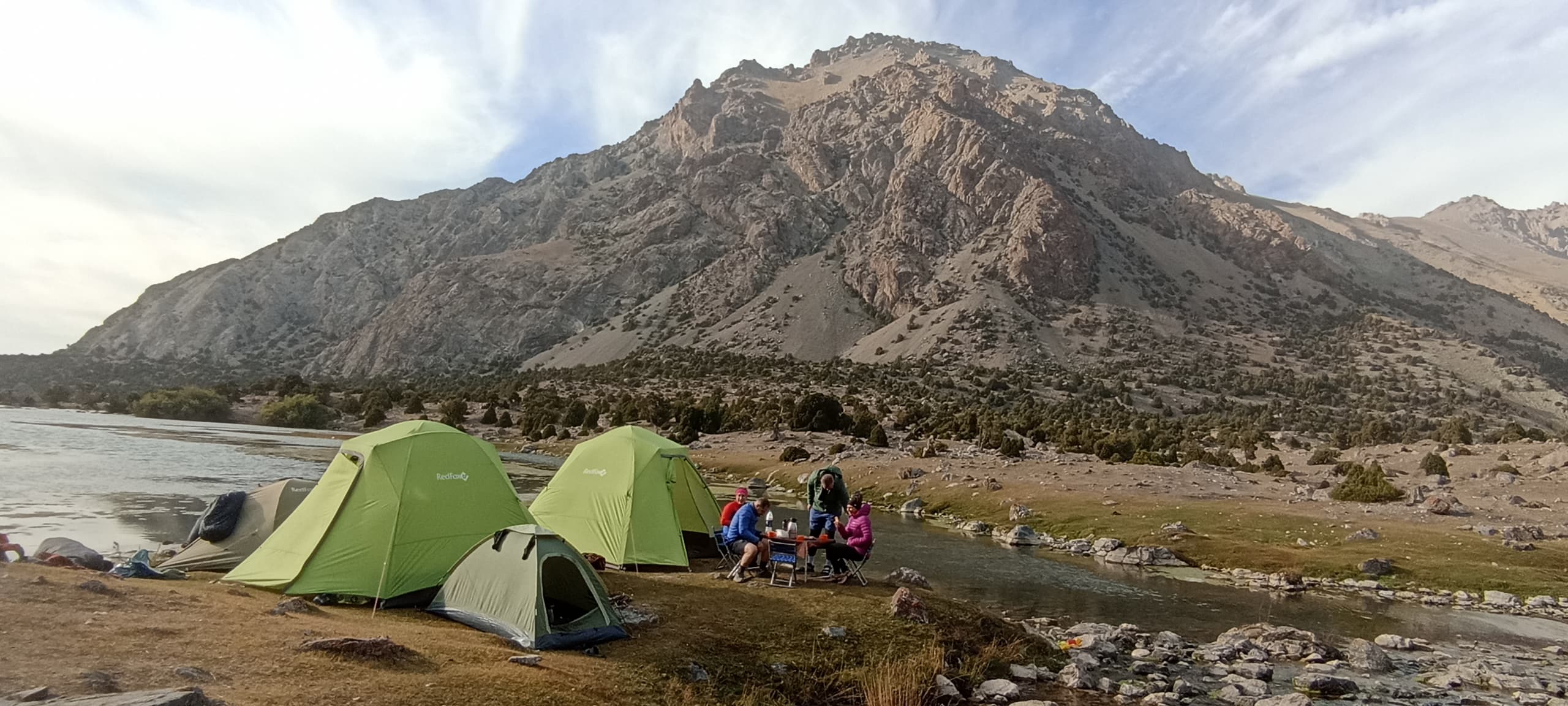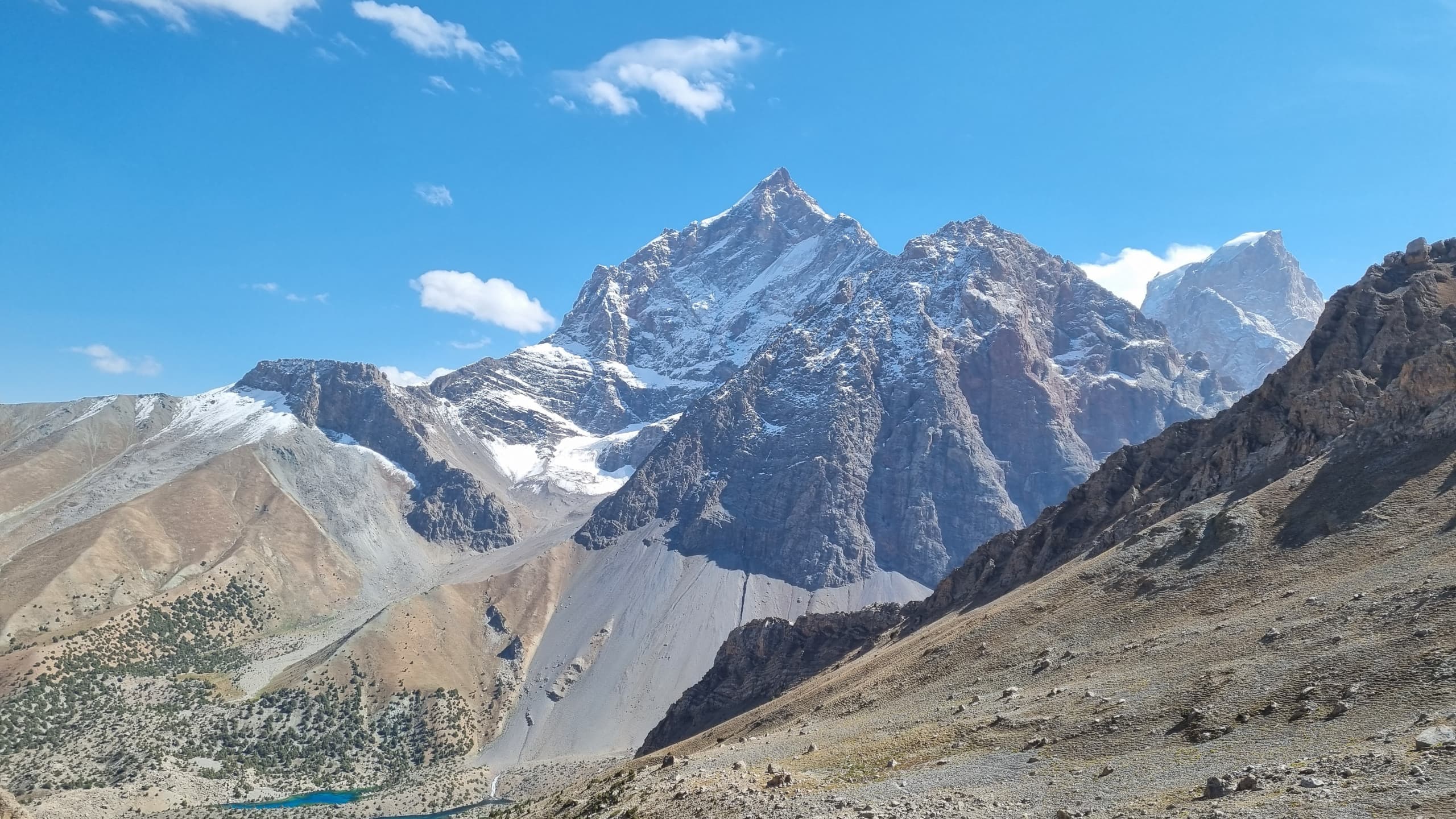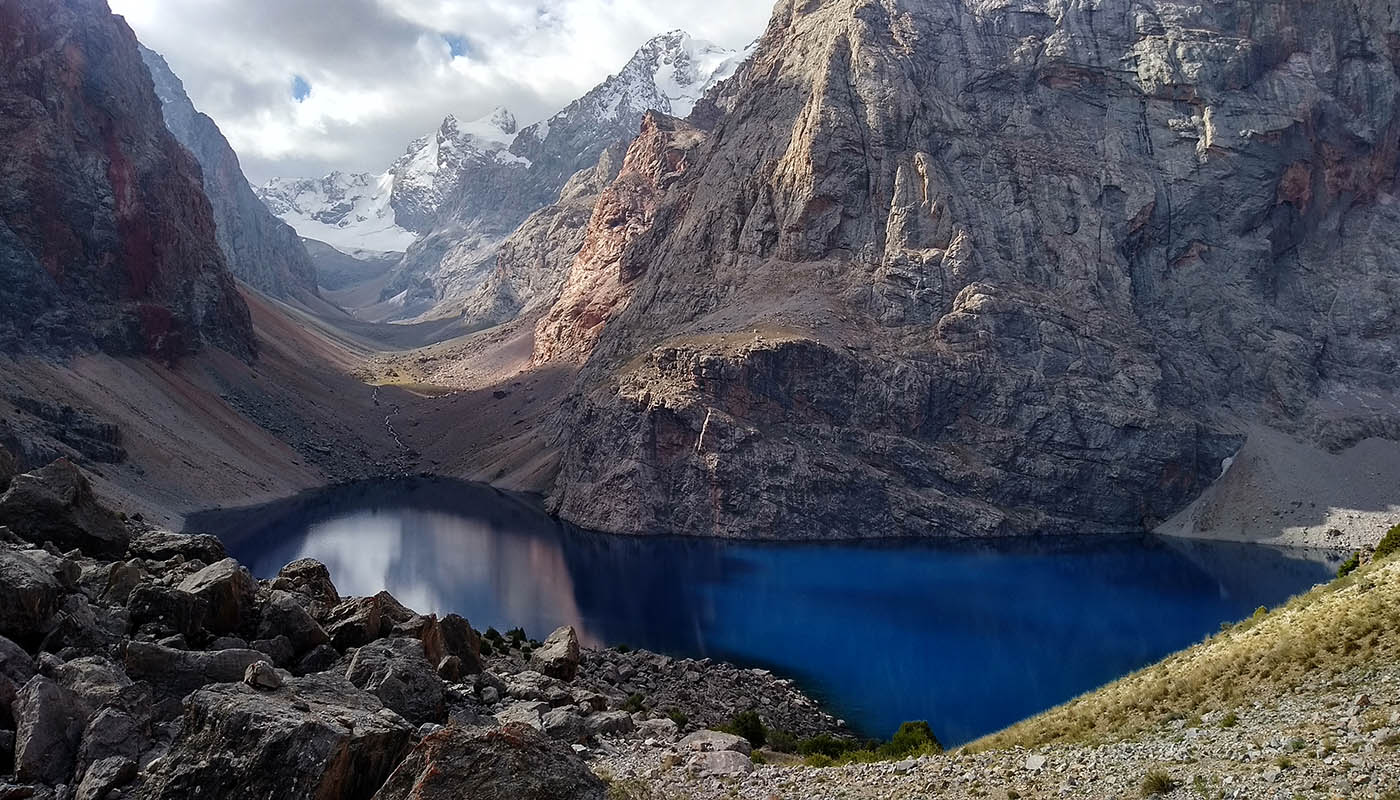Pamir Mountains
BREATHTAKING VIEWS, UNFORGETABLE JOURNEYS
Pamir Mountains
The Pamir Mountains, often referred to as “The Roof of the World,” are a stunning and remote mountain range located in eastern Tajikistan. Known for their dramatic landscapes, the Pamirs are characterized by towering peaks, vast plateaus, and deep valleys, many of which rise above 7,000 meters (22,965 feet). The region boasts unique geological features and a rich tapestry of cultures and traditions, making it a fascinating destination for adventurers and travelers.

Roof of the world
When talking about the Roof of the World, old encyclopedias from the 19th and early 20th century consistently refer to the Pamirs. And for a good reason! Ismoil Somoni Peak is with 7.495 meters above sea level the highest point of Tajikistan and among the highest peaks of the world. Other mountain giants in the Pamir Mountains are Ibn Sina Peak (7.134 m), Korzhenevskoi Peak (7.105 m) and the Independence Peak (6.940 m). Beside, the Pamirs are home to dozens more peaks above 6.000 meters. Most of the highest summits are grouped together in the northwest of the Pamirs, being commonly referred to as the Academy of Sciences Range. The Pamir Mountains started to develop at the onset of the Alpine orogeny about 60 million years ago and continue to build up. The Pamirs have been a renowned finding place for rubies and lapis lazuli (a semi-precious blue metamorphic rock) since antiquity.
Glaciers play an important role in sculpting and shaping the Pamirian landscape. As a matter of fact, the word ‘Pamir’ is a local geological term for the wide valley that is left behind after a glacier melts away. This typically leaves a plateau with grasslands bordered by steep mountains – a typical landscape in the Pamir Mountains. Fedchenko glacier is presently the largest of all, and with a length of 77 km, it is even the longest glacier outside the polar circles. The ice mass of Fedchenko glacier and most other glaciers in the core of the Pamirs has remained relatively stable throughout the years, so far having managed to withstand global warming. Elsewhere in the Pamir Mountains, the retreat of glacial ice masses unfortunately is stronger.
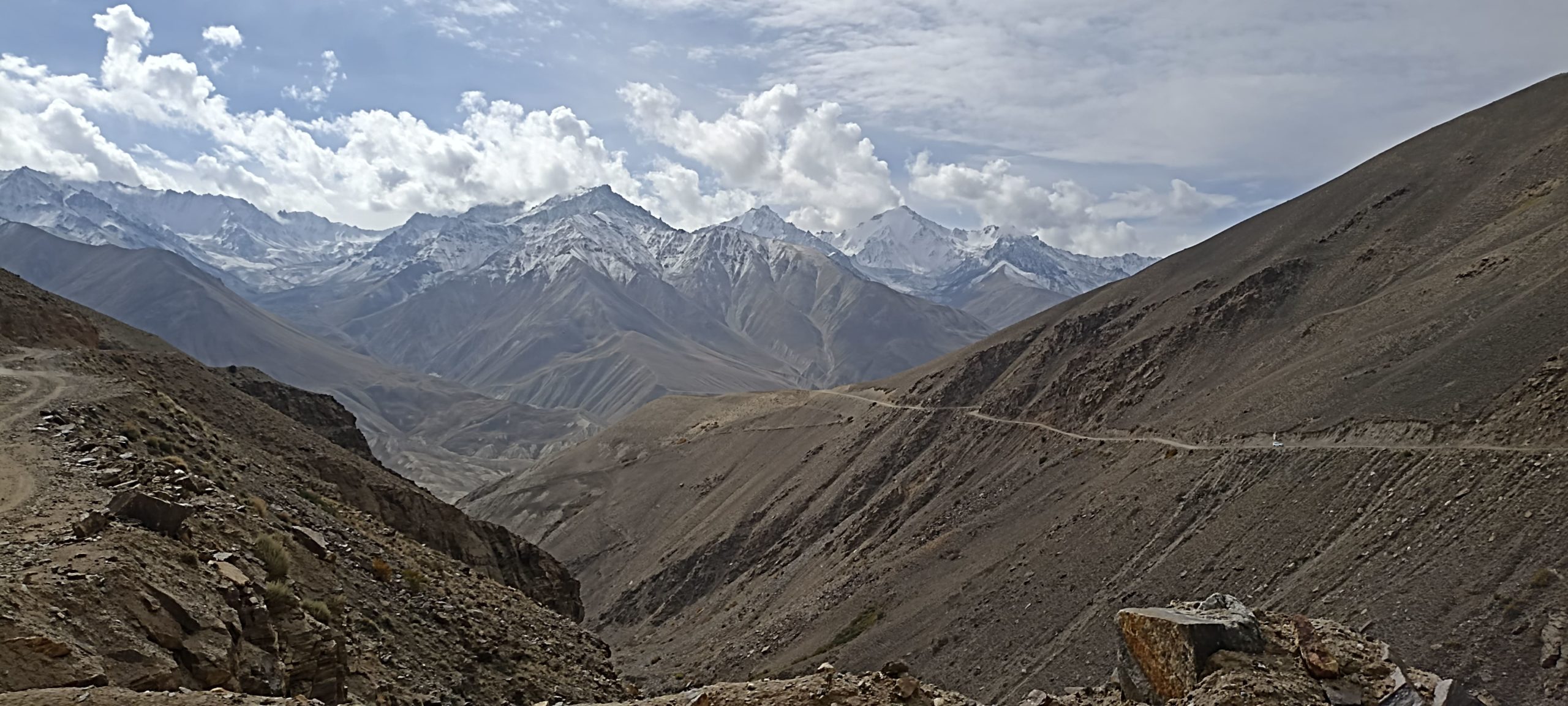
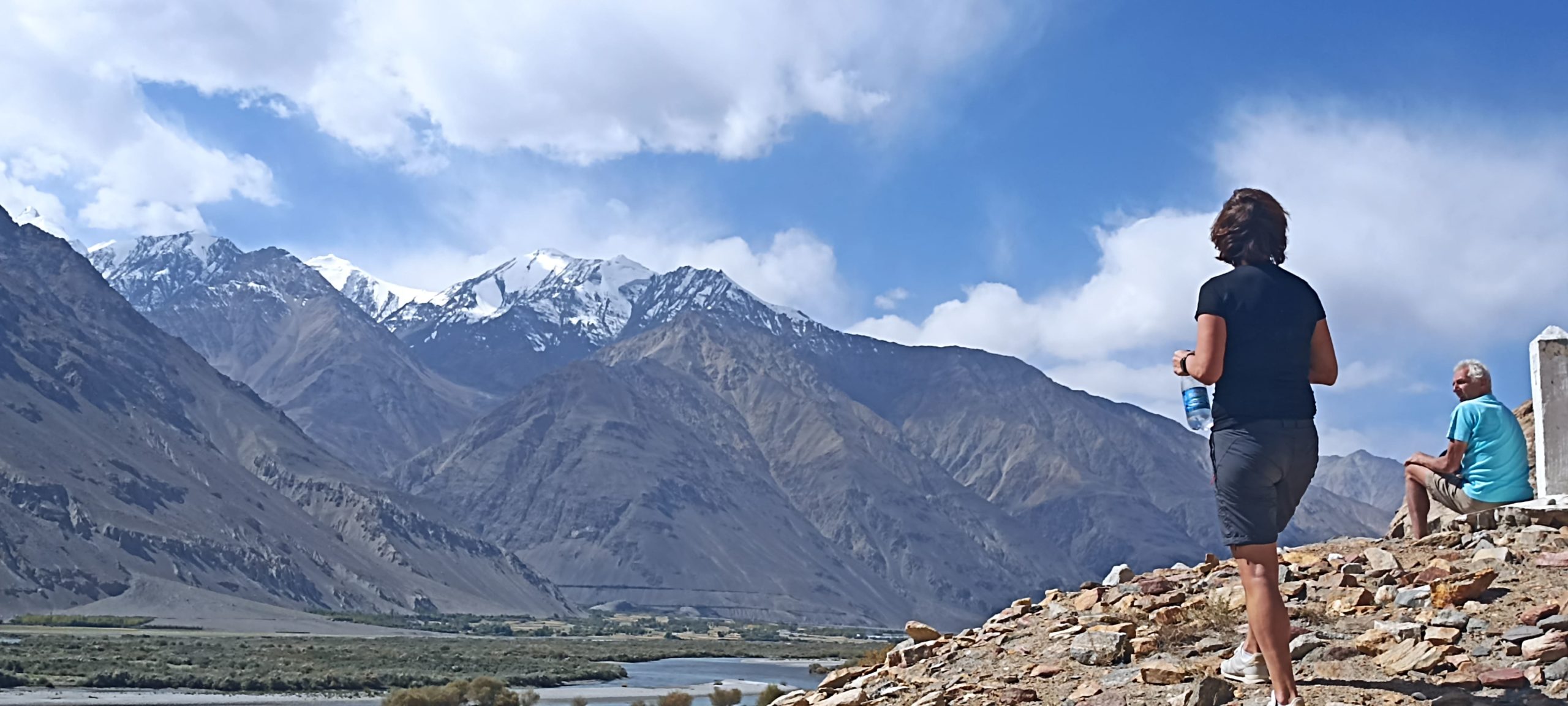
Nature, climate and wildlife
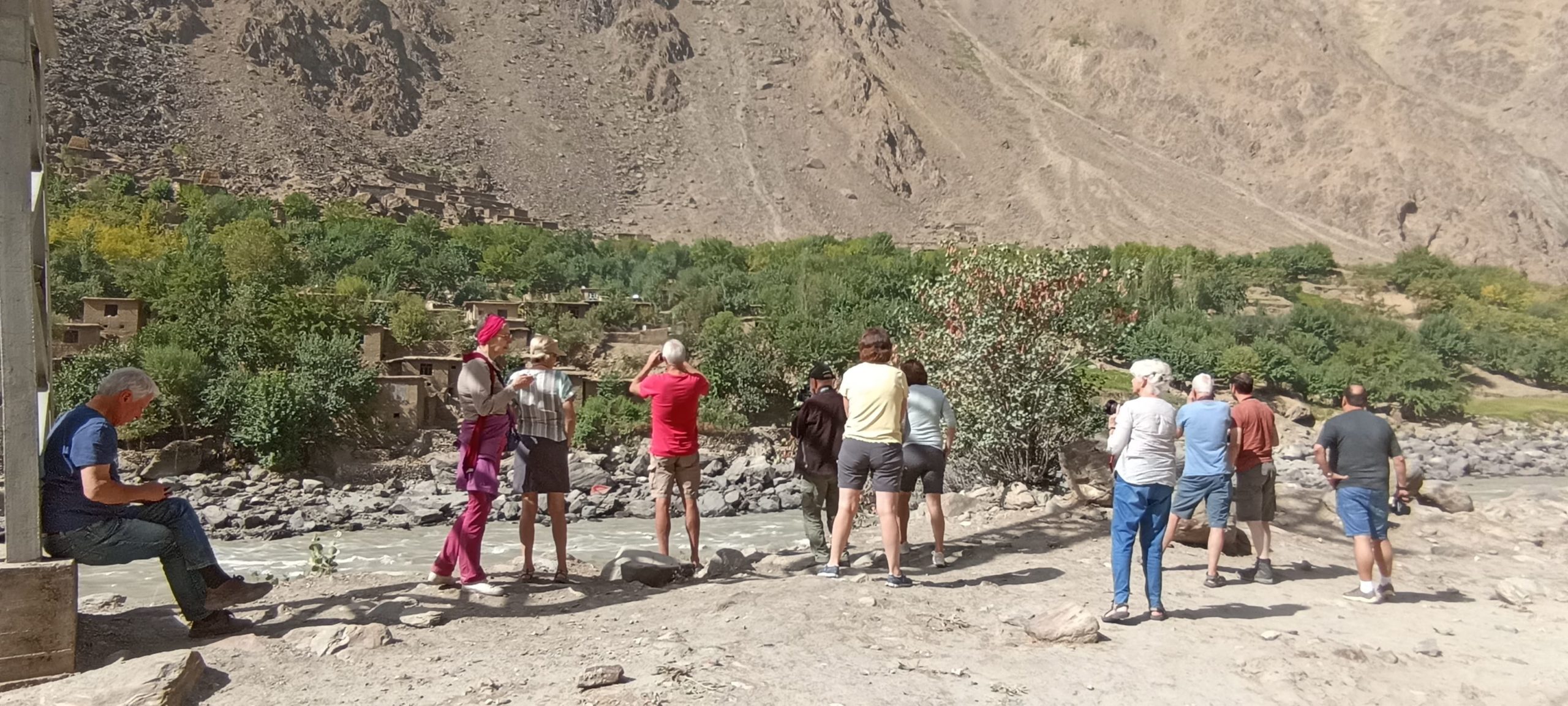
Highlights of the Pamirs
A visit to the Pamirs gives the opportunity to witness a long list of wonderful places. It is no wonder that large parts of Pamir Mountains are within a national park that is a UNESCO World Heritage Site since 2013. The infrastructure is limited though, with the only main road through the Pamirs being the M41 highway. It is colloquially referred to as the Pamir Highway and is the second highest international highway of the world, reaching its highest point at the Ak-Baikal Pass at 4.655 meters. Traveling the entire Pamir Highway requires several days and is an experience on itself.
For being so impassable, most natural beauties of the Pamir Mountains have been well-preserved and remained untouched. One of the absolute highlights of the Pamir Mountains is Lake Sarez. Lake Sarez formed in the year 1911 after a huge landslide created a natural dam in a valley in the central Pamirs. In this disastrous event, causing the death of many people, a small river quickly developed into an enormous long-stretching reservoir. The huge Udoi dam is with a height of 567 meters currently even the tallest dam in the entire world. Lake Sarez is highly secluded and cannot be visited without undertaking a long expedition.
Lake Sarez is not the largest lake in the Pamir Mountains. This honor goes to Karakul Lake located in the far northeast. With a maximum width of 52 km, Karakul is even the largest lake in Central Asia. The lake lies in an impact crater of a massive meteorite that struck some 3 to 20 million years ago. The eastern part of the Pamirs is an attraction on its own. The base level lies at a staggering 4.000 meters. Because of the great altitude, the landscape is completely barren giving free rein to the elements. Murghab – with 4.000 inhabitants the main city in the east – is an excellent base to explore this desolate region.
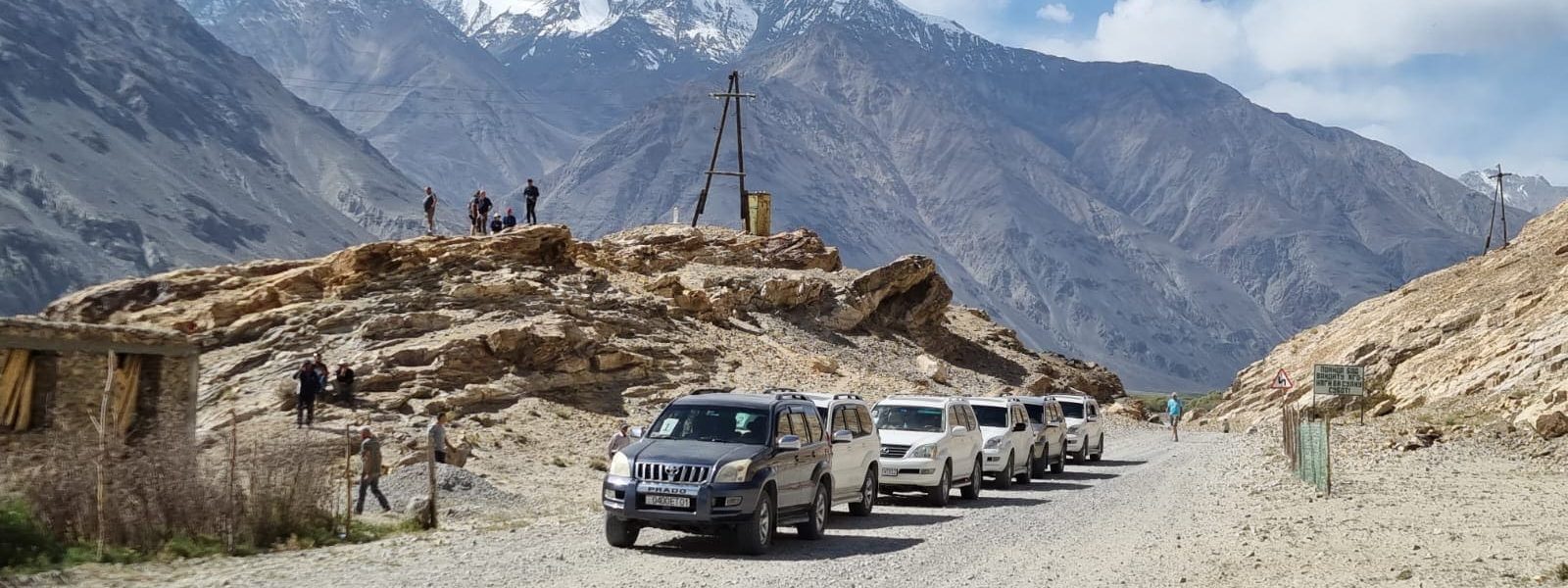
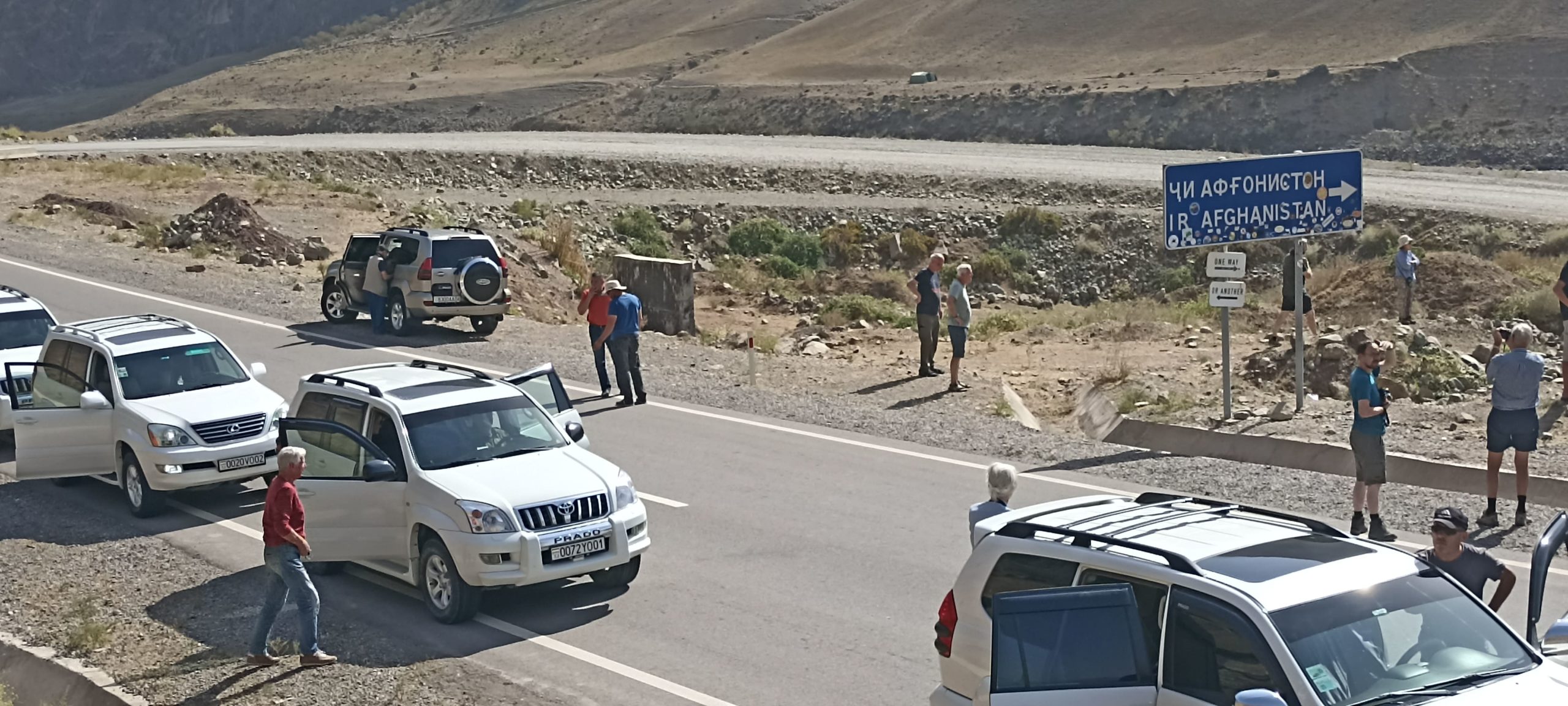
History of the Pamirs
The Pamir Mountains are a unique region with its own culture and historical evolution. The cultural extent of the Pamirs is not limited only to the Gorno-Badakhshan province of Tajikistan, but also stretches out to minor parts of Afghanistan and China, covering altogether the historic region of Badakhshan. The oldest known records of the Badakhshan region go back thousands of years. In antiquity, the region functioned as an important trading center: transport routes of the silk road passed through the Pamirs and lapis lazuli was exported already more than 5000 years ago. Through the years, Badakhshan has been controlled by many different emperors, kings and nobles (‘mirs’ in islamic tradition).
From the late 19th century onward, the Pamirs got involved in territorial disputes between the United Kingdom and the Russian Empire. Eventually, the historic Badakhshan region ended up divided between Afghanistan and the Russian controlled territories with the Panj river as an important natural border. The part controlled by the Russian Empire became known as Gorno-Badakhshan in 1925. In 1929, the Soviet Union attached it as the Gorno-Badakhshan Autonomous Oblast (GBAO) to the newly created Tajik SSR.
Soon after the independence of the Tajikistan from the Soviet Union in 1992, the Tajik Civil War started following unrest between local leaders in Gorno-Badakhshan and the government seated in Dushanbe. The civil war was sparked as the Tajik government intervened to suppress anti-government protests. During the civil war that eventually lasted five years, ten thousands of people were killed while many others lost their homes. An armistice made an end to the war in 1997 to return peace, which has remained since then. The war left deep traces in the memory of the Pamiris and a country in disarray. Only with peace returned, the focus could be shifted to the build-up of the country to finally become an overall stable and safe place.
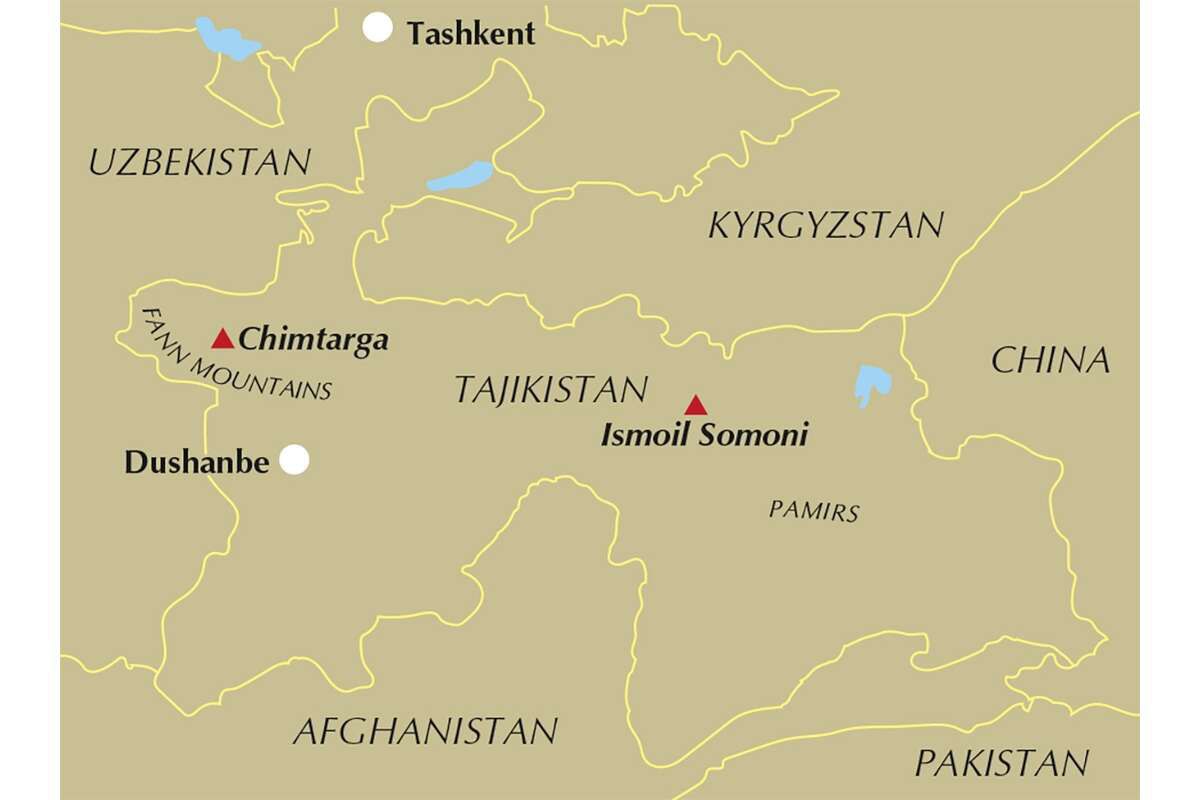
Pamir people
The inhospitable mountain ranges of the Pamirs are only thinly populated. The Pamir Mountains are located in the Gorno-Badakhshan Autonomous Oblast (GBAO), which covers almost half of the entire land area of Tajikistan. Nevertheless, the total population is a mere 230.000, equaling to only about 2.5% of the Tajik population. Most people live in the outmost west and southwest along the Panj river, with Khorog being the largest city and capital of Gorno-Badakhshan with 30.000 inhabitants.
The Pamir Mountains are a unique region distinct from the rest of Tajikistan when it comes to languages, cultural habits and religion. Cultural and linguistic variations exist even on a local level across the Pamirs. Clothing styles change visibly as you move your way through the region. Many local cultural traditions have managed to withstand the test of time due to the isolation of the Pamiri people in the high mountains.
The predominant religion in the Pamirs is Ismailism. This is a branch of Shia Islam in contrast to the Sunni Islam that predominates in the rest of Tajikistan. Many of the Ismoilites adhere to the Aga Khan – the main religious leader within this branch of Islam. Apart from native Pamiris, communities of Kyrgyz people live in the east of the Gorno-Badakhshan province.
Pamir languages
The cultural diversity of the Pamir Mountains comes with a dozen of local languages. The Pamir languages fall within the Iranian language group together with Persian and Tajik. Despite a certain degree of similarity, the Pamir languages and Tajik belong to different linguistic sub-groups and are not mutually intelligible. The Pamir languages are spoken not only in Tajikistan, but also by communities in the northeastern Badakhshan province of Afghanistan and the far west of China. In total, approximately 100.000 people are native speakers of a Pamir language.
The Pamirian languages mostly have a spoken use, while Tajik is used as written language on schools and for governmental affairs throughout the Gorno-Badakhshan province. Most people in the Pamir Mountains are bi- or trilingual, speaking a local Pamir language, Tajik and often Russian. Among the Pamir languages, a considerable deal of variation exists, which can be noticeable even between adjacent valleys. The high mountain ranges form natural barriers that allowed communities to persist for long times in relative seclusion from one another and languages and dialects to diverge over time. Shughnan and Rushani are the most widely spoken Pamir languages, in particular along the Panj river and in the capital of Khorog.
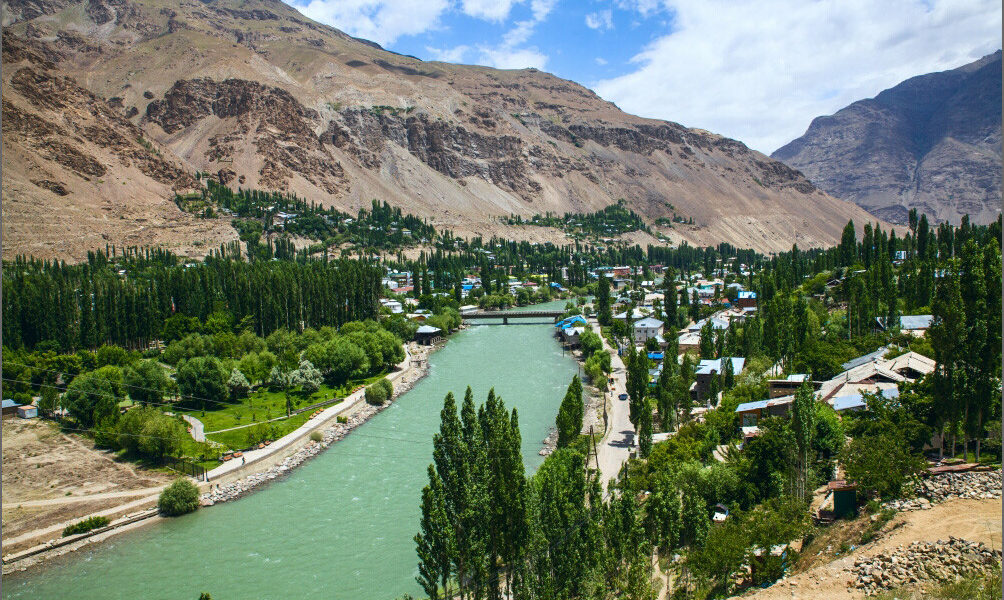
Returning to the main road, you continue on to Khorog or the administrative center of GBAO. It is the largest city in the Pamirs with a population of about 30,000. Khorog is also an intellectual hub with two universities, one being the Khorog State University and the other being the University of Central Asia. Located at an altitude of 2200 meters, it has one of the highest botanical gardens in the world.
M41 ROAD OR WAKHAN VALLEY?
Traveling along the Pamir Highway from Khorog to Murghab, you can either follow the M41 or choose a longer scenic route through the Tajik Wakhan Valley. Both offer stunning scenery, M 41 is shorter. If you have enough time, we definitely suggest going through the Wakhan Valley with its villages, beautiful views and fortresses all along the way. From the Wakhan Valley, you can even catch a glimpse of the peaks of the Hindu Kush.
Trekking
The spectacular sights and vast nature of the Pamir Mountains provide the ideal ingredients for great trekking expeditions. There are few trekking destinations that are more remote than the Pamirs. While the local village life can be experienced in some of the more fertile valleys, most of the Pamir nature has been left untouched. Prepare for walking for days through spectacular landscapes without encountering any signs of civilization. Find yourself exposed to the elements while camping on the roof of the world. Trekking at altitudes between 4000 and 5000 meter is challenging yet comes with unforgettable experiences.
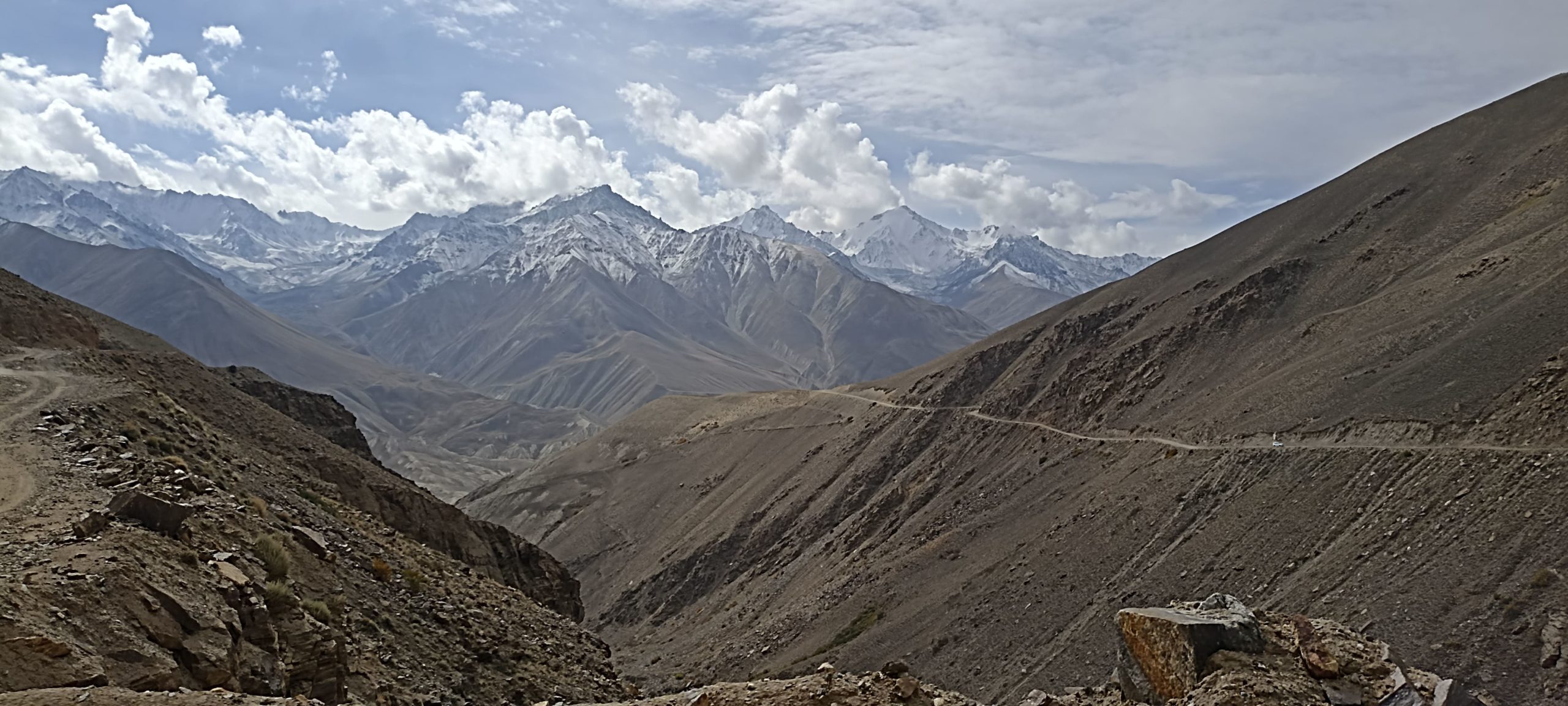
The spectacular sights and vast nature of the Pamir Mountains provide the ideal ingredients for great trekking expeditions. There are few trekking destinations that are more remote than the Pamirs. While the local village life can be experienced in some of the more fertile valleys, most of the Pamir nature has been left untouched. Prepare for walking for days through spectacular landscapes without encountering any signs of civilization. Find yourself exposed to the elements while camping on the roof of the world. Trekking at altitudes between 4000 and 5000 meter is challenging yet comes with unforgettable experiences.
Best time to travel
The spectacular sights and vast nature of the Pamir Mountains provide the ideal ingredients for great trekking expeditions. There are few trekking destinations that are more remote than the Pamirs. While the local village life can be experienced in some of the more fertile valleys, most of the Pamir nature has been left untouched. Prepare for walking for days through spectacular landscapes without encountering any signs of civilization. Find yourself exposed to the elements while camping on the roof of the world. Trekking at altitudes between 4000 and 5000 meter is challenging yet comes with unforgettable experiences.
Featured Treks
Not sure which trek to choose?
Let us know about your wishes to design a tailor-made trip

